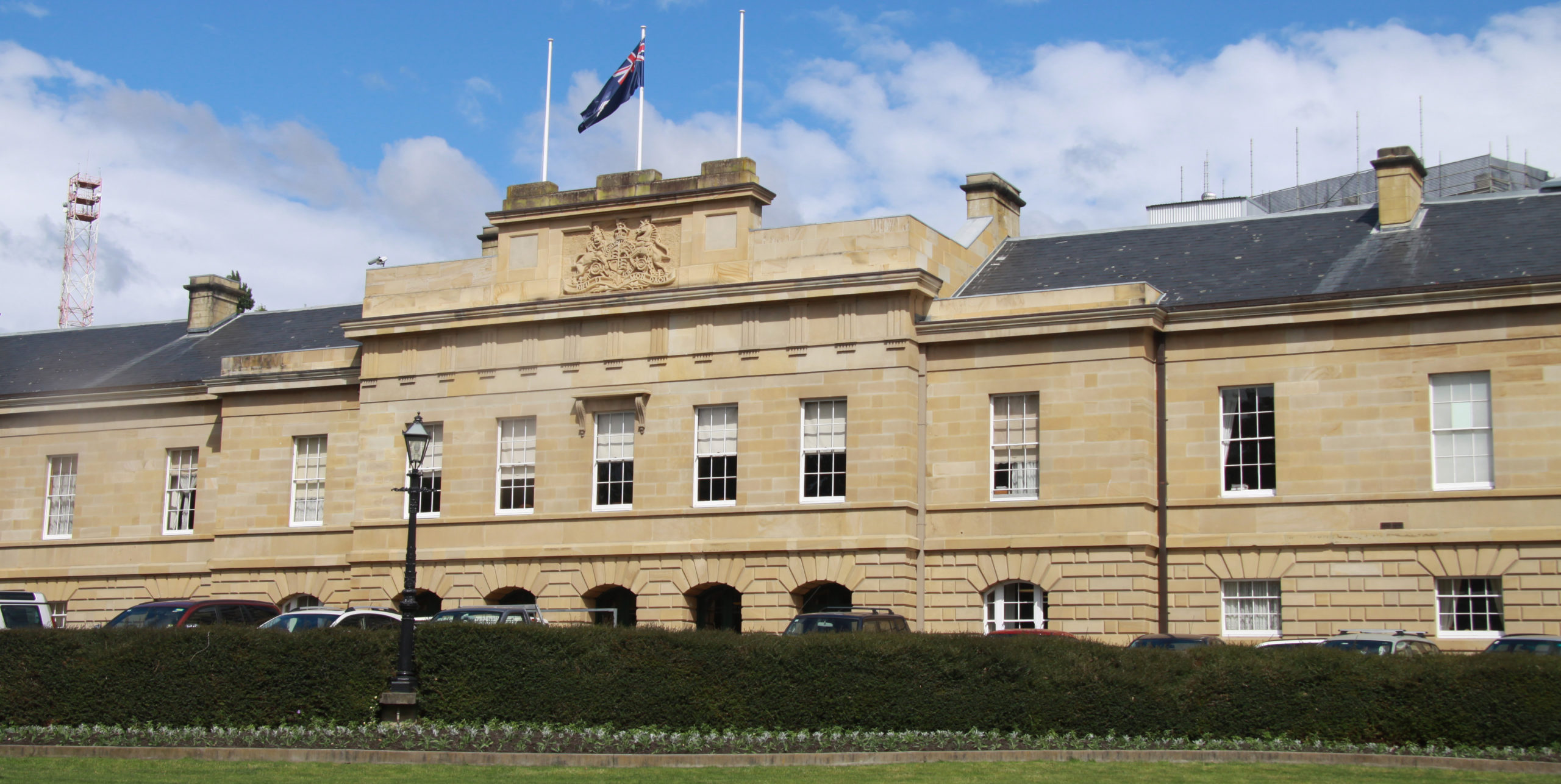The NSW Government has announced a plan to allow the movement of beehives for pollination and honey production, after consultation with the apiary and horticultural industries.
Commercial beekeepers will be able to apply for movement permits next week, provided they are located outside of the eradication, surveillance or notification zones (red, purple and yellow zones as shown on the DPI website).
Minister for Agriculture Dugald Saunders said the change to the stop movement order is a big step forward and will allow this year’s pollination season to get underway.
“We know varroa mite is the biggest threat to honeybees worldwide and while we remain focused on eradication, we also recognise the need to ensure business continuity for the State’s $20.9 billion primary industries sector”, Mr Saunders said.
“This plan has been carefully developed through a risk-based approach to enable critical pollination services for crops that we rely on so heavily.
The permit system is due to go live on Wednesday, but beekeepers can start to prepare by:
- Alcohol washing a proportion of their hives and recording the results to prove they are free from varroa mite; and,
- Checking their records are up to date and that none of their hives has been in an eradication, notification or surveillance zone within the past 24 months.
As part of the application process, commercial beekeepers will be required to complete a short online training course through Tocal College and will need to declare that the above steps have been completed.
“We need all beekeepers who want to be involved in pollination activities to do their part by minimising their risk,” Mr Saunders said.
“They will have to learn how to conduct surveillance and monitoring practices on their own hives to facilitate the safe and traceable movement of honeybees and apiary equipment.”
A second level of surveillance will be undertaken by authorised officers using miticide strips and sticky boards, when the hives have arrived at their destination.
The number of alcohol wash tests being conducted will depend on the number of hives.
CEO of the Australian Honeybee Industry Council, Danny Le Feuvre said the strong tracing requirements and self-surveillance declarations will give the industry confidence to move honeybees again.
“This plan to allow the movement of commercial beehives for pollination and honey production gives business continuity to the honeybee industry while minimising the risk of spreading varroa mite”, Mr Le Feuvre said.
Almond Board of Australia CEO Tim Jackson said the industry welcomed the proposed movement plan.
“The almond industry understands and supports that the first priority is tackling varroa and appreciates that a lot of people, including volunteer beekeepers, have been working long hours since the incursion was first detected,” Mr Jackson said.
“We have appreciated the Minister’s leadership on this issue. Right from the outset there has been an approach that has taken into consideration all stakeholders and an understanding of the importance of pollination to beekeepers and a range of food producers that need bees on farm in the weeks ahead.”
Mr Jackson said as a result of this movement plan NSW almond growers are back on track to produce a record sized almond crop worth more than $200 million next summer.
For instructions on how to do an alcohol wash and to figure out how many hives need to be tested go to: www.dpi.nsw.gov.au/varroa.
Beekeepers in eradication, notification and surveillance zones are still required to report the locations of any hives to NSW DPI at www.dpi.nsw.gov.au/varroa or by calling 1800 084 881.








